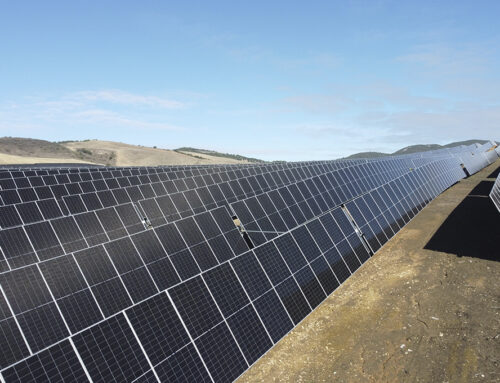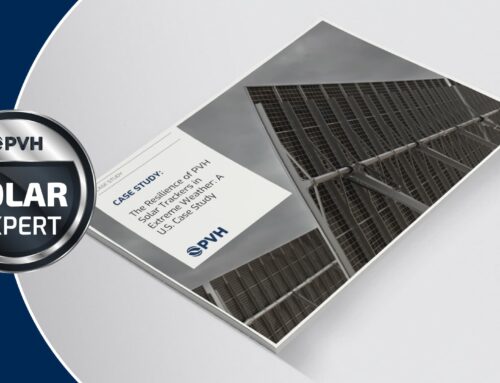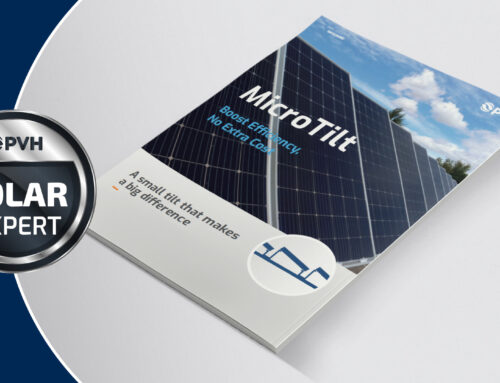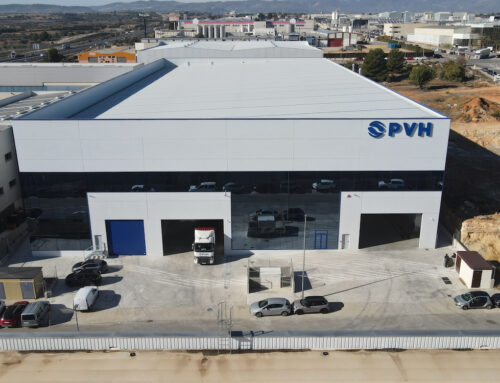The Science Behind Solar Trackers: Boosting Energy Production
07/04/2025
Solar energy is one of the most promising renewable energy sources, and solar tracking systems play a key role in improving the efficiency of photovoltaic systems. By adjusting the angle of solar panels to follow the sun’s path, solar trackers can significantly increase energy production. However, advanced technologies like Wind Resilience, Diffuse Control and 3D Backtracking are transforming how solar power plants operate. These innovations not only enhance performance but also protect systems from extreme weather, ensuring the durability and reliability of solar installations.
How Do Solar Trackers Work?
Solar trackers adjust the panels to optimize sunlight capture throughout the day, adjusting both the tilt and azimuth angles. There are two main types of solar tracking systems:
- Single-Axis Trackers: Move the panels from east to west, following the sun’s path on a single axis.
- Dual-Axis Trackers: Adjust the panels in both directions to capture the sun’s position more precisely.
Integration with Smart Grids and Remote Control
Beyond increasing energy production, solar tracking systems support integration with smart grids. Advanced control systems allow operators to monitor panel performance in real-time and make automatic adjustments based on weather or grid demands, optimizing energy use and reducing operational costs. Combining solar trackers with energy storage systems offers sustainable solutions to meet energy demand during peak times or cloudy days.
Wind Resilience: Ensuring Durability in Harsh Conditions
One of the biggest challenges for solar trackers is withstanding strong winds, which can cause structural damage. Wind Resilience includes:
- Strong Structural Design: Trackers are built with reinforced materials and stronger joints to withstand high wind loads.
- Dynamic Stowing: Trackers automatically move to a safe position during high winds. PVH offers the fast time to stow strategy on our solar trackers.
- Real-Time Monitoring: Sensors adjust the trackers’ positions based on wind speed.
These features allow solar tracker systems to operate reliably in high-wind areas, reducing maintenance and ensuring reliable energy production.
Diffuse Control and 3D Backtracking: Increasing Energy
Although solar trackers perform well on sunny days, their efficiency drops on cloudy days. Diffuse Control and 3D Backtracking optimize panel angles to capture diffuse irradiance, even when the sun isn’t visible. 3D Backtracking accounts for terrain, reducing shading between rows and increasing energy capture.
Real-World Examples
- Wind Resilience in Action: In a coastal solar farm, wind-resistant trackers reduced downtime by 30% during storm seasons.
- Diffuse Control and 3D Backtracking: A solar installation in a cloudy area saw a 1.5% increase in annual energy production after implementing these technologies.
Example below of the energy gain for Diffuse Control Technology on PVH Trackers.
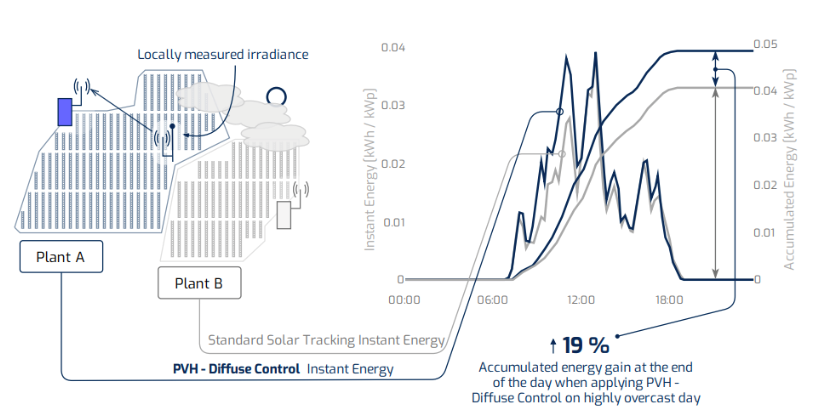
![]()
Example numbers for 3D backtracking analysis done by DNV for PVH.
The Importance of Advanced Solar Tracking Technologies
Solar tracking systems are essential for improving the efficiency of solar installations. By integrating Wind Resilience, Diffuse Control and 3D Backtracking, solar plants can achieve higher energy production and better reliability, even in challenging environments. These technologies not only enhance performance but also protect investments by ensuring the long-term durability of solar trackers. As the solar industry evolves, these innovations will play a key role in making renewable energy more accessible and efficient.

